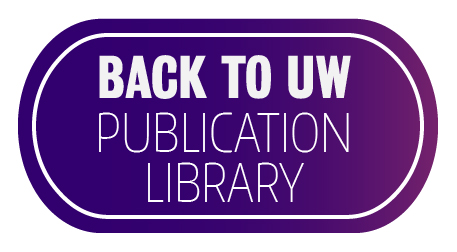April 27, 2019
✪ Scaling-up the Systems Analysis and Improvement Approach for prevention of mother-to-child HIV transmission in Mozambique (SAIA-SCALE): a stepped-wedge cluster randomized trial
Authors:
Kenneth Sherr, Kristjana Ásbjörnsdóttir, Jonny Crocker, Joana Coutinho, Maria de Fatima Cuembelo, Esperança Tavede, Nélia Manaca, Keshet Ronen, Felipe Murgorgo, Ruanne Barnabas, Grace John-Stewart, Sarah Holte, Bryan J. Weiner, James Pfeiffer & Sarah Gimbel
University of Washington affiliated authors are displayed in bold.
Published: April 2019
Read the full text in the open access journal Implementation Science
Abstract:
Background
The introduction of option B+ — rapid initiation of lifelong antiretroviral therapy regardless of disease status for HIV-infected pregnant and breastfeeding women — can dramatically reduce HIV transmission during pregnancy, birth, and breastfeeding. Despite significant investments to scale-up Option B+, results have been mixed, with high rates of loss to follow-up, sub-optimal viral suppression, continued pediatric HIV transmission, and HIV-associated maternal morbidity. The Systems Analysis and Improvement Approach (SAIA) cluster randomized trial demonstrated that a package of systems engineering tools improved flow through the prevention of mother-to-child HIV transmission (PMTCT) cascade. This five-step, facility-level intervention is designed to improve understanding of gaps (cascade analysis), guide identification and prioritization of low-cost workflow modifications (process mapping), and iteratively test and redesign these modifications (continuous quality improvement). This protocol describes a novel model for SAIA delivery (SAIA-SCALE) led by district nurse supervisors (rather than research nurses), and evaluation procedures, to serve as a foundation for national scale-up.
Methods
The SAIA-SCALE stepped wedge trial includes three implementation waves, each 12 months in duration. Districts are the unit of assignment, with four districts randomly assigned per wave, covering all 12 districts in Manica province, Mozambique. In each district, the three highest volume health facilities will receive the SAIA-SCALE intervention (totaling 36 intervention facilities). The RE-AIM framework will guide SAIA-SCALE’s evaluation. Reach describes the proportion of clinics and population in Manica province reached, and sub-groups not reached. Effectiveness assesses impact on PMTCT process measures and patient-level outcomes. Adoption describes the proportion of districts/clinics adopting SAIA-SCALE, and determinants of adoption using the Organizational Readiness for Implementing Change (ORIC) tool. Implementation will identify SAIA-SCALE core elements and determinants of successful implementation using the Consolidated Framework for Implementation Research (CFIR). Maintenance describes the proportion of districts sustaining the intervention. We will also estimate the budget and program impact from the payer perspective for national scale-up.
Discussion
SAIA packages user-friendly systems engineering tools to guide decision-making by frontline health workers, and to identify low-cost, contextually appropriate PMTCT improvement strategies. By integrating SAIA delivery into routine management structures, this pragmatic trial is designed to test a model for national intervention scale-up.
Trial Registration
ClinicalTrials.gov NCT03425136 (registered 02/06/2018).
**This abstract is posted with permission under the Creative Commons Attribution 4.0 International License**
